
The only known picture of the American Prince.
image from en.wikipedia.org
In 1888, the distinguished British author Rudyard Kipling wrote one of his greatest short stories: “The Man Who Would Be King,” about two British mercenaries who adventured into the unknown. As they push forth into then unexplored territory in Afghanistan for wealth and power, they find both but with disastrous results. The story is widely believed to be partially inspired by a daring American adventurer, Josiah Harlan, who was the first American in Afghanistan and Punjab with plans to build a kingdom of his own. He at least, lived to tell the tale long after his adventures, which is more than I can say for his fictional counterparts.
Josiah was born in Newlin Township, Pennsylvania in 1799 in a Quaker merchant family. He had nine siblings, one, Richard, would became a distinguished naturalist. Josiah was described as being tall, muscular, handsome, intelligent, ambitious, brash and a little arrogant. When his mother died when he was thirteen, he devoted himself to reading. He could read Greek and Latin and could speak French. He also studied medicine, botany and ancient Greek and Roman history. He was especially interested in Alexander the Great.
In 1820, Josiah started his adventures working on a supercargo to India and then China and back. During his second voyage he decided to stay in India when he learned his fiancee broke off their marriage. He joined the British East India Company and served as a surgeon, although he had no formal training, in the First Anglo-Burmese War. He also served in an artillery battalion. Josiah came to greatly admire the Sepoy (Indian Natives) soldiers in the British Force. He also was at the Battle of Prome, where a force of 5,000 British and Indians defeated 13,000 in fierce hand-to-hand combat. He was posted in Karnal near Delhi after the hostilities and became fluent in local languages but resigned shortly and made tracks to Afghanistan. At that time Afghanistan was seen as a land of mystery and adventure, with medieval, tribal chieftains battling each other for supremacy; literally brother against brother, son against father. A real land of opportunity for certain people, like daring Josiah Harlan.
Harlan soon came under the employment of Shah Shujah Durrani, the exiled ruler of the Durrani Empire, now mainly the countries of Afghanistan and Pakistan, who was living in Ludhiana Punjab at the time. Josiah had heard that the former king was still incredibly wealthy and looking for help returning to power. The American was disturbed by the amount of slaves and courtiers missing parts of their body due to displeasing their master. Shujah once even had his head slave castrated for not securing a tent on a windy day. Still Harlan did succeed in getting hired by the exiled king and in 1827 raised a small force of Hindu, Muslim, and Sikh mercenaries. He even had an American flag locally made for the adventure. With Shujah’s support, Josiah crossed the Indus River and entered Afghanistan to help bring the former shan (king) back to power. Unfortunately his mercenary army was more interested in loot and plunder and soon mutinied but he escaped by disguising himself as a dervish (holy man/mystic). Despite not knowing much Arabic, his little trick worked and he made it to the capital city of Afghanistan, Kabul. There he met the man who he was hired to overthrow, Dost Mohammad Khan, founder of the Barakzai dynasty.


Shah Shujah Durrani on the left; Dost Mohammad Khan on the right. Two rivals who employed the same man. images from royalark.net and commons.wikipedia.
Harlan however discovered he greatly admired his foe. Dost Mohammad welcomed him warmly and was treated like an honored guest. Josiah found his host to be a fair and just ruler, a polite gentleman, and a brave warrior as well as very intelligent and modest; taking the title Emir (prince) instead of Shah. The American at first believed the then common idea that western civilization was superior, but his visit to this great monarch soon changed his mind. When Dost Mohammad asked Josiah how the American government worked he told him about the separation of power between the President, Congress and the Supreme Court. The Emir responded that it was similar to the Afghans’ with him, the tribal chiefs and the clergy who also served as judges. However, despite his many noble virtues Dost Mohammad did indulge in a number of vices that Quaker raised Harlan did find repulsive. The Emir was a real “playa” as we would say in today’s terms as he had 16 to 25 wives, depending on the source, at the time of his death and fathered more than twice as many children. He would bring prostitutes to court and a was a heavy drinker despite being Muslim. His court was described as “wild, voluptuous, licentious scene of shameless bacchanals.” Harlan eventually decided that Dost Mohammad’s position as ruler was too strong for Shah Shujah to overthrow without western influence and made tracks for Punjab.


Maharaja Ramjit Singh and the empire he founded. It fell in 1849, only ten years after his death. map from en. wikipedia.net portrait from sikhanswers.com
Josiah soon came to the capital of Punjab, Lahore. Here he became one of a number of American and European mercenary generals for the Maharaja and founder of Sikh Empire, Ranjit Singh. However the Maharaja was wary of Great Britain and may have, understandably, been suspicious of the American due to him being a former member of the East Indian Trading Company and spoke English as a first language. For all he knew Josiah could have been a spy seeking a way to undermine his empire that he worked hard to create, like the other kingdoms on the subcontinent that became the “Jewel of the British Empire.” However Ranjet was also a hypochondriac and Harlan’s claims as a “professional” doctor may have helped win him over. He did make the wandering adventurer governor of the newly conquered regions of Nurpur and Jasrota in 1829 and later of the Gujrat District in 1832, with a handsome pay to go with it. Records of Josiah’s administration there are sketchy but he seemed to have at least done well as he was threatened to have his nose cut off if he failed and apparently kept his sniffer attached. His new master was apparently a combination of both his previous employers. However he had a fall out with the Maharaja and returned to Afghanistan to build an army for his old enemy turned friend Dost Mohammad in 1836.

Ghor providence (modern times)
map from en.wikipedia.org
In 1838 Harlan led an expedition, with a small army of 4,000, to punish the Uzbek slave traders, and expand Dost Mohammad control. As well as that he took a war elephant to imitate his hero Alexander the Great, and like the Greek conquer he sent the elephant back as it was unsuited for snowy mountains. When he made it up the Hindu Kush mountains he held a flag raising ceremony with the American flag and a twenty six gun salute. He eventually made it past the Indian Caucasus and into Afghanistan. With his army reinforced by Hazara locals, who lived in fear of the slavers, he made short work with the siege of the Citadel of Saigham. He was then invited to stay ten days with a local Hazara ruler, Mohammad Reffee Beg Hazara of Ghor province. Josiah was impressed with the Hazara’s culture, especially the people’s gender equality and absence of slavery. Eventually Josiah and Reffee agreed to give the American and his descendants the position of “the Prince of Ghor” and Reffee Beg Hazara would be his vizier. In return, Josiah would raise and train an army to help make the Ghor stronger and more self-sufficient. But first Josiah had to take care of the slaver’s leader Mohammad Murad Beg. The warlord tried to threaten Harlan with his only cannon but eventually agreed to submit under Dost Mohammad.
Unfortunately when Josiah Harlan returned to Kabul, the First Anglo-Afghan War started and the British Army occupied the city. Josiah was not an admirer of the British, despite serving under them earlier, and traveled to Russia. He eventually made it home to the US where he was greeted as a hero. However his popularity soon declined when he published his autobiography, A Memoir of India and Afghanistan, where he criticized Great Britain’s imperial system. He also stated that the Russian Empire could be a great help to destroying it. He got married to a fellow Quaker, Elizabeth Baker and started a family. He also caused a minor scandal in the denomination’s community due to his adventures and the Society of Friends’ pacifist ideals.
Twice he tried to convince the American Government to invest in Afghanistan, maybe an attempt to return to his kingdom. First in camels for the military (a project that the US government would eventually try, without the American Prince’s involvement) and then in Afghan grapes. His plans came to an end when the Civil War broke out. Still it gave him one last hurrah. Always a hater of slavery, Josiah raised a volunteer cavalry regiment but was not used to dealing with the western style of command. The 11th Pennsylvania Cavalry (Harlan’s Light Raiders) ran into problems as its commanding officer was used to running things as an Indian Prince. Colonel Harlan was soon court marshaled. He won but left anyway due to poor health. The former Prince of Ghor would only know of the war’s action through his nephew still serving. His regiment would fight in a number of battles, even have a winner of the Congressional Medal of Honor, without him to lead them to glory. Josiah moved to San Francisco where he worked as an unlicensed doctor until his death in October 1871 of tuberculosis.
Josiah Harlan, first American in Afghanistan, still remains an almost unknown character in both his home country and the land he grew to love. He has, however, started to gain more notoriety. He appears in George MacDonald Fraser’s “Flashman and the Mountain of Light.” The Flashman series is known for having the main character meet a number of historical figures in his misadventures. Scott Reiniger, the star of 1978’s Dawn of the Dead is a direct descendant and even has started using the title, “Prince of Ghor,” though this has not given him any more major roles in his career. I strongly suggest reading Ben Macintyre’s biography of the same title of the story. It is also published as Josiah the Great in Macintyre’s native Briton. Nonetheless Josiah Harlan does not have a big name movie about his thrilling life. Kipling’s “The Man Who Would Be King” became an award nominated hit film in 1975, starring Sean Connery, Michael Caine, Saeed Jaffrey, and Christopher Plummer. Hollywood, get to work on it!
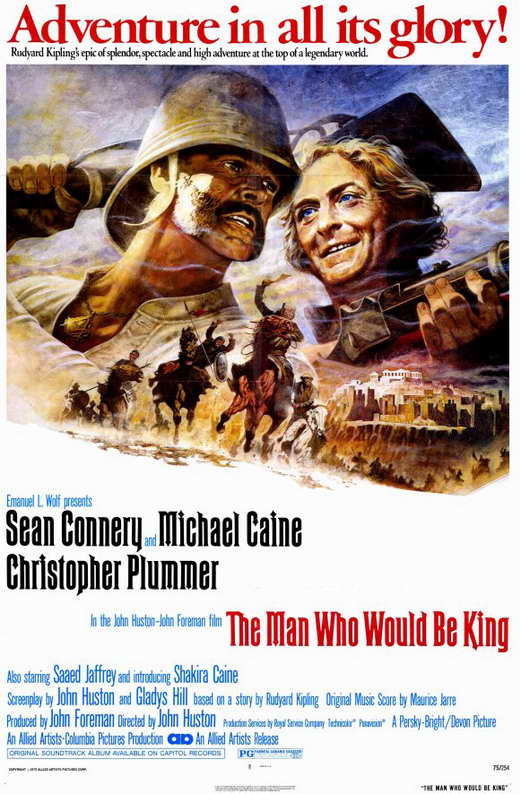
Sean Connery and Michael Caine both see this movie as one of their favorites.
image from gacinema.wordpress.com





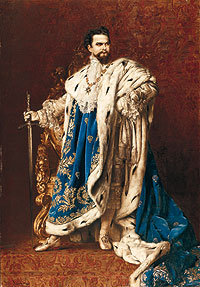



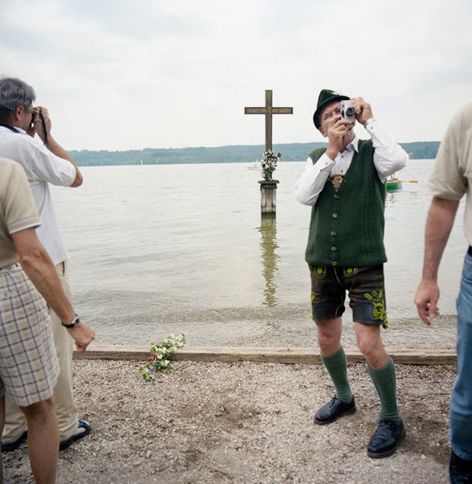

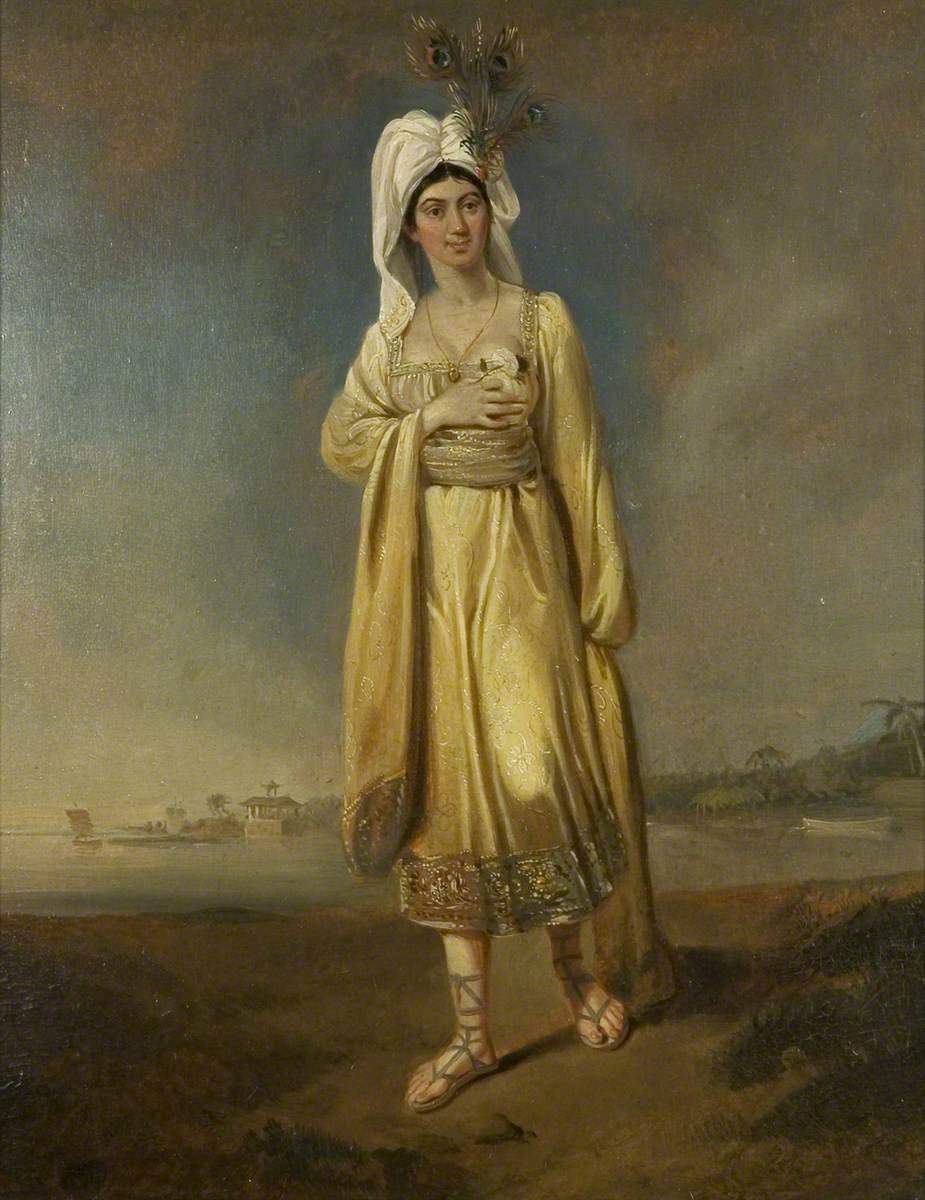 t
t



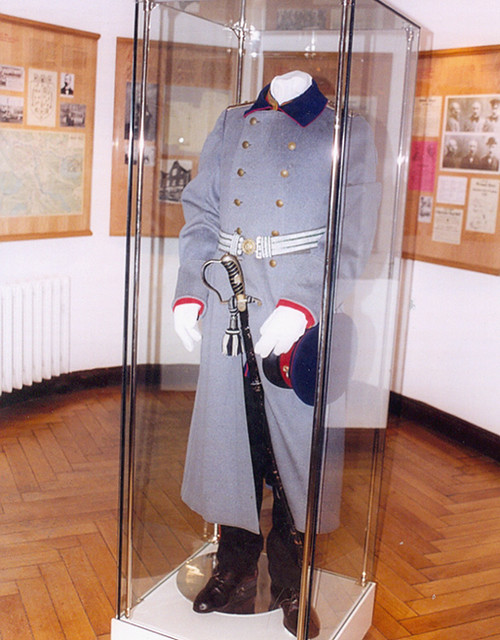















 image from en.wikipedia.org
image from en.wikipedia.org

 image from hobbybunker.com
image from hobbybunker.com picture from thereformedbroker.com
picture from thereformedbroker.com image from pinterest.com
image from pinterest.com image from tomrichmond.com
image from tomrichmond.com picture from comics bulletin.com
picture from comics bulletin.com


